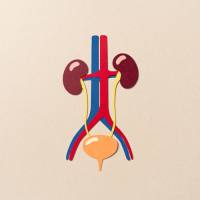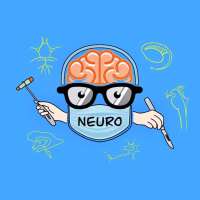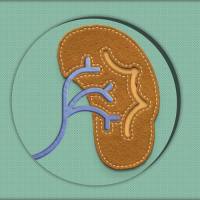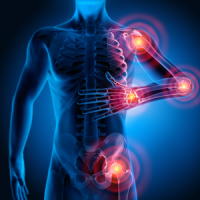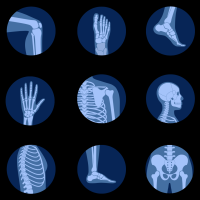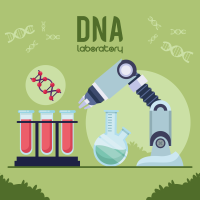【Stroke】动物实验:过量摄入盐可引起神经元凋亡
Excess Salt Causes Cerebral Neuronal Apoptosis and Inflammation in Stroke-Prone Hypertensive Rats Through Angiotensin II-Induced NADPH Oxidase Activation
Eiichiro Yamamoto MD; Nobuaki Tamamaki PhD; Taishi Nakamura MD; Keiichiro Kataoka MD; Yoshiko Tokutomi PhD; Yi-Fei Dong; Masaya Fukuda MD; Shinji Matsuba MD; Hisao Ogawa MD; and Shokei Kim-Mitsuyama MD*
From the Departments of Pharmacology and Molecular Therapeutics (E.Y., T.N., K.K., Y.T., Y.-F.D., M.F., S.M., S.K.-M.), Morphological Neural Science (N.T.), and Cardiovascular Medicine (H.O.), Kumamoto University Graduate School of Medical Sciences, Kumamoto, Japan.
* To whom correspondence should be addressed. E-mail: kimmitsu@gpo.kumamoto-u.ac.jp.
Background and Purpose—The precise mechanism of salt-induced brain injury is unclear. We examined the detailed causative role of angiotensin II and NADPH oxidase in salt-accelerated brain injury of stroke-prone spontaneously hypertensive rats (SHRSP).
Methods—We examined the effect of salt loading on brain reactive oxygen species (ROS), inflammation, and apoptosis in SHRSP. Salt-loaded SHRSP were given vehicle, valsartan (an angiotensin AT1 receptor blocker), or hydralazine to compare their efficacy on brain injury. We also examined the efficacy of apocynin (a NADPH oxidase inhibitor) on brain injury of salt-loaded SHRSP.
Results—Cerebral NADPH oxidase activity and ROS in SHRSP were already increased at 1 week after salt loading followed by the significant increase in ED-1-positive cells and neuronal apoptosis. Thus, cerebral NADPH oxidase activation preceded cerebral inflammation and neuronal apoptosis. Despite comparable hypotensive effects between valsartan and hydralazine in salt-loaded SHRSP, valsartan reduced cerebral NADPH oxidase activity and ROS more than hydralazine being accompanied by more prevention of stroke by valsartan than hydralazine. Valsartan, but not hydralazine, prevented neuronal apoptosis, being associated with the suppression of apoptosis signal-regulating kinase 1 activation by valsartan. Moreover, cerebral inflammation was also prevented by valsartan more than hydralazine, being associated with more suppression of monocyte chemotactic protein-1 and tumor necrosis factor- expressions by valsartan. Thus, angiotensin II was directly involved in salt-induced neuronal NADPH oxidase activation, ROS, apoptosis, and inflammation in SHRSP. Apocynin attenuated the enhancement of ROS, cerebral inflammation, neuronal apoptosis, and apoptosis signal-regulating kinase 1 activation and prevented stroke in salt-loaded SHRSP, indicating the causative role of cerebral NADPH oxidase in salt-induced brain injury.
Conclusion—We obtained the evidence that excess salt, through ROS produced by angiotensin II-activated NADPH oxidase, caused cerebral neuronal apoptosis and inflammation as well as stroke in SHRSP.







